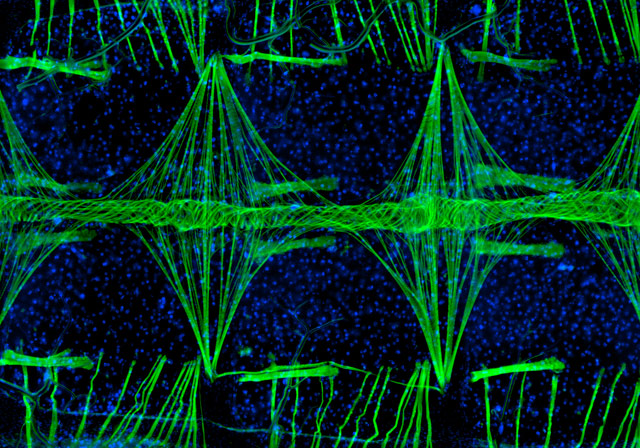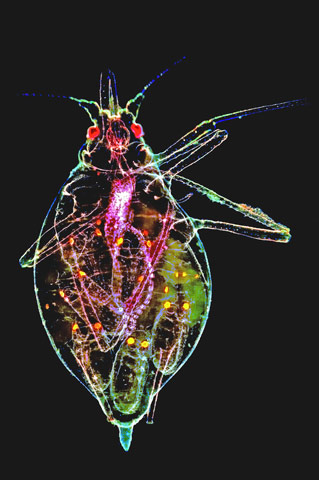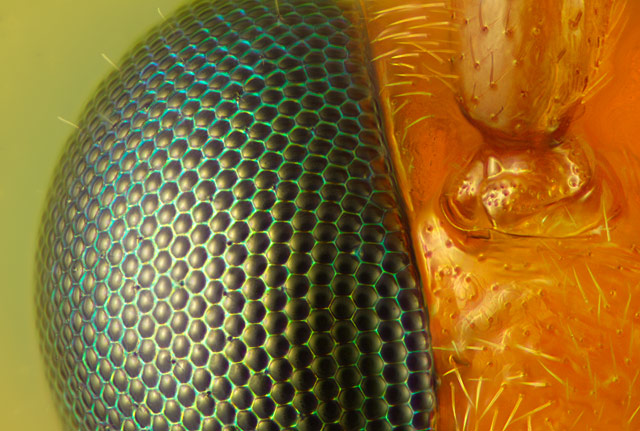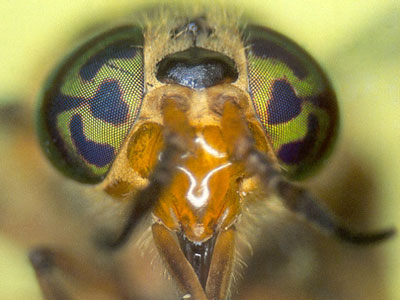Insects make great teaching tools for a wide variety of lessons in evolution & biology, but their small size can limit what you can do if you don’t have a microscope set up. Lately I’ve been playing around with a 2 megapixel USB Microscope from EmCal Scientific Inc that I picked up at the 2011 Entomological Society of America meeting in Reno, Nevada. This little device cost ~$100, and provides magnification up to 200x life size! (Note: there are similar products available around the web for cheaper, but I can’t say how well they may or may not work.)
I’ve used it in a few lectures & labs to show specimens, structures and techniques, but honestly haven’t had much success, largely because the stand it came with is pretty well useless. Hand holding it isn’t an option either, as even the slightest movement at such high magnifications turns your demonstration into a bad example of the Harlem Shake.
Despite the problems I ran in to, I really wanted to use the camera in a couple of outreach events I’ll be participating in later this month, but I couldn’t afford to invest much in a solution. So, this afternoon I went to my local big box home improvement store and wandered around until I managed to design and piece together what I think will solve a lot of the issues I was having. Here’s a breakdown of what I used and how I put it all together for less than $30. Continue reading »




